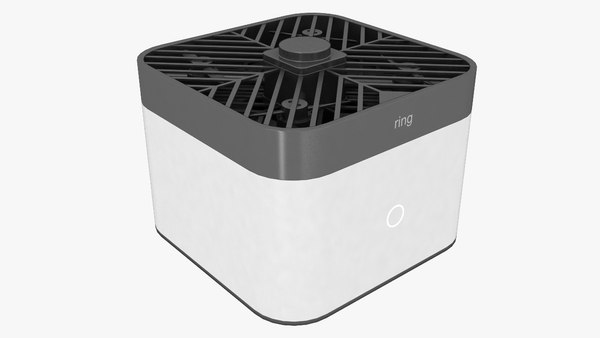Lasers emit electromagnetic radiation (EMR). The light waves that are generated when electrons in an atom leap from one level to another. In normal circumstances, electrons reside on the lowest energy level also known as the “ground state,” of an atom. A beam can be widened or narrowed depending on its energy level. Lasers create this kind of beam. They are extremely powerful and can be utilized to perform surgery and welding. Certain types of lasers may be classified as “highly collimated” and are used in these applications.
The length of a laser beam is called its beam diameter. This measurement is usually taken at the exit face of the housing housing. There are a variety of definitions for the length of a Gaussian beam. It’s the distance between two points in an intensity distribution of 1 / 2 which is 0.135 times the maximum intensity value. A curvature or elliptical laser beams a smaller diameter.
The size of a laser beam can be measured on the exit side of a housing laser. You can define it in a variety of ways. The most common definition of the diameter is the distance between two points of the marginal distribution, whose intensities are 1 / 2 = 0.135 of its maximum intensity value. A beam that is irregular or curly of laser light is smaller than a radial or cylindrical laser. But it is still a device.
A laser with high power emits an intense beam of light to produce the usb rechargeable laser pointer beam. Laser light is monochromatic, coherent and directed. The light produced by traditional sources spreads out and diverges, while the laser’s light is uniform in wavelength. The intensity of the output beam decreases when the user gets away. It is still possible to use the beam for many purposes even though it is not very powerful.
At the exit of the housing, the size of a laser beam is measured. Different wavelengths can have different limit of intensity. There are a variety of ways to determine the wavelength of a laser. The wavelength, in particular is defined by its peak power. A wide-band-diameter laser is a very high-power device. It can produce a tiny only a fraction of the power it consumes.
The size of a beam can be described in a number of ways. The most common way to define the diameter of laser is the distance between two points in an Gaussian distribution. The distance between these two points is called the beam’s diameter. The beam’s diffraction rates are the lowest distance between the two points. That means the beam’s diameter is just several times larger than the width of the goal.
Radius of the beam is the length of the laser. The width is defined as the diameter of the beam. The spot is the measure of how large a laser beam is. The pinhole, which is located in the centerof the laser, chooses the peak of the spatial intensity pattern. The pinhole size depends on the wavelength of the laser, its focusing focal length and the diameter of the input beam. The profile of the pinhole should be Gaussian.
An excitation medium is used to trigger the material that lasers use to las when it is concentrated. The laser cavity emits light that is reflected back onto the surface. A mirror at each end increases the energy. The resultant beam is highly adaptable and is suitable for hundreds of applications. Additionally the wavelength of the beam laser can be changed to make it more powerful and less risky. The optimal pinhole size is at the middle of a rings.

It is vital to know the wavelength of a laser beam to determine its definition. The wavelength of a laser is an indication of how much energy it is able to disperse. A diffraction-limited beam will have a narrow spectral range, while a non-diffraction-limited one will have a wide bandwidth. A beam with diffraction limitation is known as a diffraction-limited beam.
FDA recognizes four kinds of lasers that are considered to be hazardous. The more advanced the class, the more powerful the laser. These kinds of lasers could be dangerous when used improperly. FDA guidelines require that the products come with a warning label that identifies the product’s class and power. A laser that has excessive power could cause an accident or explosion. A flashlight emits white light. However, a diffraction limited laser produces monochromatic light.
